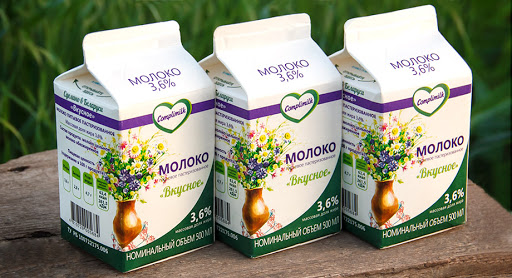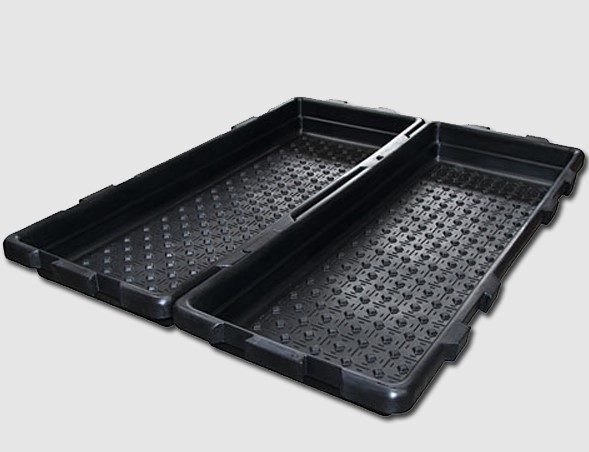Central Bank Analysts Predict Growing Role of Shuttle Business in Russia
The recession that has begun in the Russian economy under any scenario will exceed the scale and duration of the “corona crisis” failure of 2020, the level of uncertainty about economic dynamics is unusually high, according to the latest issue of the Bank of RUSSIA Bulletin “What Trends Say”. The review is being prepared by the Research and Forecasting Department of the Central Bank, its opinion may not reflect the official position of the regulator.
Technological regression
The “structural transformation” of the economy under sanctions restrictions will be accompanied by technological regression in a number of industries; sectors that use the most advanced foreign technologies or have achieved a high level of digitalization are at risk of suffering more than others, according to the department of the Bank of Russia. This week, Central Bank Chairman Elvira Nabiullina said that the Russian economy would enter the phase of structural transformation and the search for new business models as early as the second or early third quarter.
Nabiullina predicted the timing of the start of the transformation of the economy Economics
In particular, Central Bank analysts raise the issue of the production of high-tech products, which are necessarily built into global production chains. “Therefore, even a high degree of localization of production may not help if the missing components are unique and cannot be easily replaced with products from another manufacturer,” the Central Bank states, indicating that mechanical engineering and the electronics industry are at risk.
Nabiullina explained on April 21 that even simpler, highly localized industries such as clothing could be affected by disruptions in the production chain. “For example, buttons. They are made in many places. But as enterprises tell us, according to their estimates, the search for new partners, [restructuring] logistics can take up to several months. The same, for example, with the paper industry: our wood is all Russian, but the bleaching chemicals were imported. Now manufacturers are switching to alternative suppliers, developing their own chemicals, but [this] also takes time,” she said.
Matvienko was surprised that in Russia "even nails" are imported Business Read on RBC Pro Pro Why the authorities are going to deprive foreign securities of tax benefits ArticlesPro These seven habits should be taken under control by the leader Instructions Pro The company has suspended business in Russia.What to prepare for its DIRECTOR Articles Pro 180-degree turn: what and with whomRussia will trade now Forecasts Pro European ports are closed to Russia. How to ship goods from CHINA now Pro Articles How to Deal with Disaster Thoughts and Move on Pro ArticlesDo you want to admitforce majeure sanctions . How to Act Instructions Pro "The Great Exodus": Why the UScovered by a wave of layoffs Articles
Lower potential growth rates
Another characteristic of the current crisis, according to Bank of Russia analysts, will be a decrease in Russia's potential GDP (this is the maximum level of output with full use of all factors of production and normal capacity utilization). Before the pandemic, the Central Bank estimated the potential growth of Russia's GDP at 1.5-2%, but last September Nabiullina said that "taking into account the implementation of the government's structural measures," the potential rate in the coming years will be from 2 to 3%. The decrease in potential GDP (the authors of the bulletin do not specify from what estimated level) will be due to two main reasons: a decrease in physical volumes of exports and loss of efficiency and added value “as a result of a partial switch to <...> lower quality and more expensive imports.”
In the longer term, it is impossible to unambiguously judge whether the growth rate of Russia's potential GDP will slow down or accelerate, the Central Bank points out. One of the factors on which this will depend will be the ability to "import or quickly replicate foreign technologies, as well as create their own technologies."
Stages of restructuring
The macroeconomic department of the Central Bank assumes that the structural transformation of the Russian economy will go through the following stages:
Adaptation : search for alternative suppliers, use of stocks (including financial ones), increasing problems due to lack of spare parts and service. At this stage, the state should take on some of the financial risks; tax cuts for businesses and deregulation will serve as an effective measure of general support, the Central Bank believes.
Primary adjustment to new conditions : at this stage (before the end of the year), secondary negative effects of the recession may appear - through demand, the labor market, etc. A sharp increase in the production of replacement products at this stage should not be expected, the Central Bank warns. Repair and service enterprises will receive an impetus to growth.
“In terms of establishing supplies from alternative foreign suppliers in the context of continuing restrictions, the role of small intermediary foreign trade companies and shuttle small businesses (especially in the consumer segment) will increase,” the authors of the review believe.
The "shuttle" business was developed in the 1990s in Russia and the CIS countries. This refers to the importation of consumer goods by individuals for retail or small-scale wholesale. There was no direct statistical observation of such imports at that time. Its largest destinations to Russia were China and Turkey, HSE researchers wrote (.pdf). After the financial crisis in 1998, trade began to decline.
"Reverse industrialization" : industrialization based on less advanced technologies. The production of machinery and technology will increase, but at a lower technological level. Employment in import-substituting industries will increase, and production will grow faster than other industries. At the same time, an important consequence will be a decrease in the environmental friendliness of production.
Completion of structural adjustment: at this stage, local technological breakthroughs in certain areas are possible, but in general, a new equilibrium will be achieved on a less advanced technological base. Further economic dynamics will be determined by such variables as the size of the technological gap with other countries, the possibility of large-scale exports of high value-added products, the proportions between the public and private sectors of the economy, the share of raw material rent in the budget, an increase or decrease in the tax burden, the development of human capital, etc. .d. “As a result of this or that combination of these factors and their interaction with each other, potential growth rates may turn out to be either higher or lower than the level of the last decade, estimated at just below 2%,” the Central Bank’s Research and Forecasting Department indicates.



























































